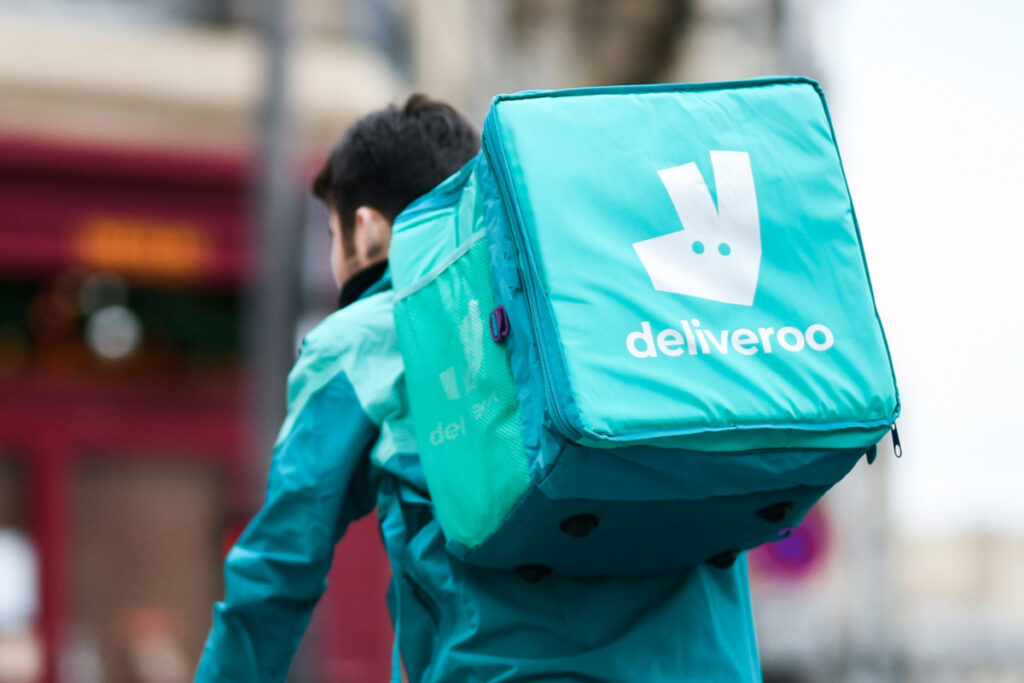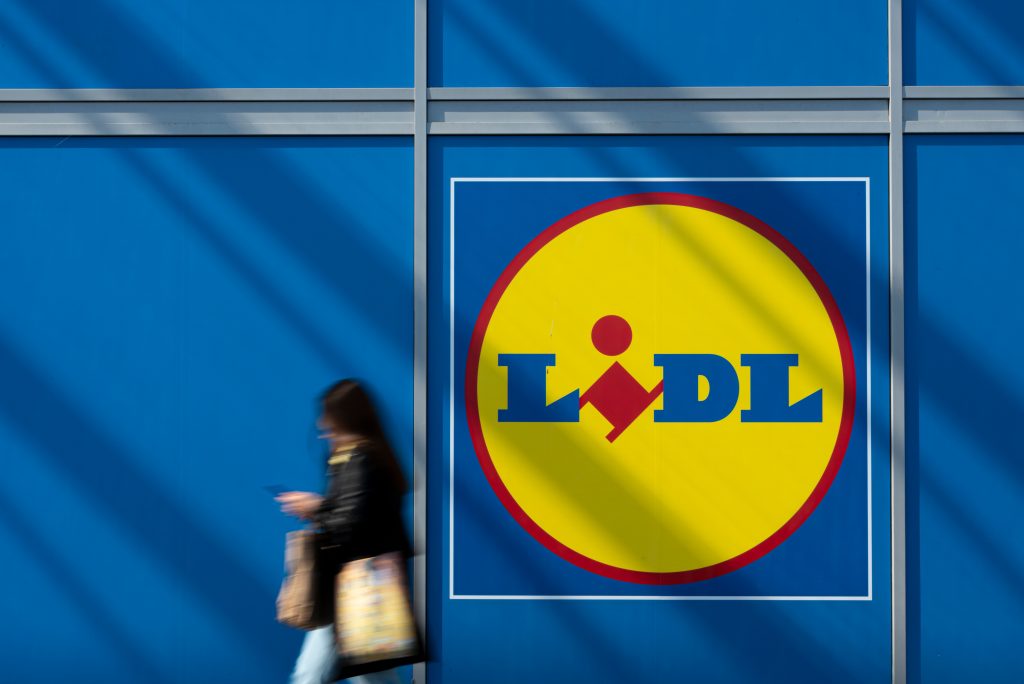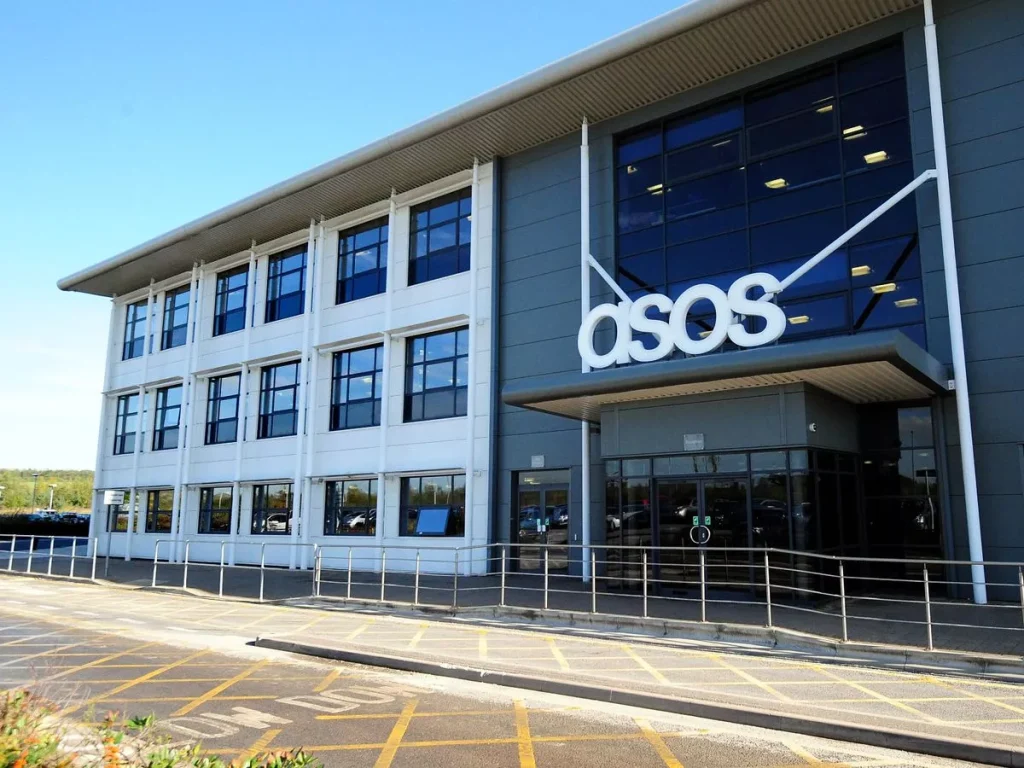The online retail sector has seen significant growth over the past five years, doubling its share of the market. In October 2013, it accounted for around 10% of all retail sales in Britain with an average weekly spend of just over £650m. The latest announcements from Waitrose and Tesco to develop their click and collect services on London Underground stations demonstrates how retailers are striving to diversify their delivery service. The announcement by Westfield shopping centre, to incorporate dressing rooms and a returns capability within their click and collect service, again highlights the shift in focus to multichannel retail and the need to capture new customers and meet ever-changing demands in service.
This continued rise in online shopping brings both opportunities and challenges for UK businesses. Opportunities sit in cross-border e-commerce, with forecasts from the Interactive Media in Retail Group (IMRG), predicting that cross-border online sales for UK retailers would reach £10bn in 2013. Having a diverse international customer base can help make businesses less vulnerable to fluctuations in one market, and increase the potential reach of products. Research from DHL and IHS into how internationalisation can drive business performance, has also found that businesses that export internationally are twice as likely to be successful as those that operate only in their domestic market.
There is a growing appetite for British products internationally and according to Nielson and Paypal, the UK now stands as the second most popular shopping destination for online shoppers overseas (after the USA), but ahead of China and Germany. Online fashion giant ASOS enjoyed a 46% rise in annual sales to Australia in 2012 as a result of a lack of local online competition and strength of the Australian dollar. Smaller businesses tend to be more cautious when it comes to thinking about exporting overseas and minor setbacks can sometimes feel overwhelming. There is however a good range of services and information available to businesses that do want to look to overseas to pursue growth.
The rise of online and the need for a fast and reliable delivery processes allows consumers greater flexibility and choice with their online shopping. However, the increased ease of purchasing through mobile sites and the development of click and collect sites, continues to remove the need for consumers to visit the high street. With the high street operating in a challenging environment for several years now, retailers must consider ways to continue to be a destination of choice for consumers.
Footfall data supports this trend, with the BRC reporting footfall figures in December 2013 as 2.4% lower than 2012 and high streets seeing the greatest fall, down 3.7%. This again reflects how the rapid rise of online retail is changing the face of shopping and how consumers are adapting their spending patterns. This continued trend, although a challenge, can be adapted to and retailers should look to their in site retail units to identify possibilities to diversify their offer.
Companies that look to include an additional service can increase footfall and the opportunity of linger longer sales. Rymans and Robert Dyas are good examples, introducing DHL‘s Servicepoint as an additional service. DHL‘s Servicepoint, is an in-store express delivery service, and offers a complementary service to retailers existing customers, as well as inviting DHL customers to the stores. DHL customers can redirect their parcels to SP – convenience & ease of use. Also they can have the option for redelivery to most service points. The number of retailers looking to partner arrangements is increasing and there are now over 1,200 Servicepoints at hundreds of convenient locations around the country.
The increase in online commerce and delivery innovations, continue to shape the constantly evolving retail























